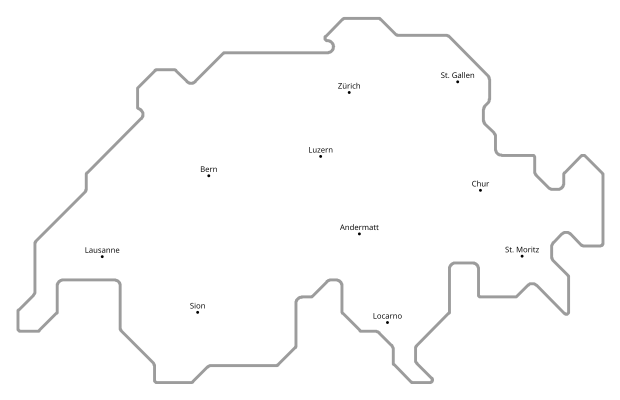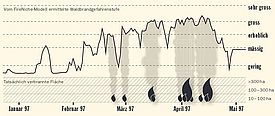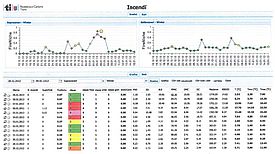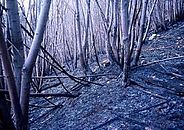FireNiche: Statistical method for detecting forest fire risk
To overcome the limitations of individual forest fire indices, the WSL research group at the Cadenazzo campus has developed a method that combines several indices in a model adapted to local conditions.
"FireNiche" borrows from niche modeling using the maximum entropy method (MAXENT). This method is used in environmental research to model the ecological niche of certain species on the basis of known locations and their environmental parameters. Simply put: Based on an environmental analysis of past finds, one gets a picture of the circumstances under which a certain species "feels comfortable" (finds its niche, so to speak) and where or when one can therefore most likely expect its presence. The WSL method uses the same principle to calculate the daily forest fire risk: instead of locations, it uses the statistically known forest fire days of the past. Weather information corresponds to the environmental parameters. The "forest fire niche" is defined by the particular weather constellation that prevailed on the fire days. The models were developed on the basis of the forest fires that have occurred in the last 20 years.
A prerequisite for the application of "FireNiche" is a long-term and as complete as possible forest fire and weather statistics for the observation area. This is available in Switzerland in high quality with the database "Swissfire" and the long-term data of Meteoschweiz for most fire-prone areas.
Deployment at the Canton of Ticino
The cantonal observatory "Osservatorio ambientale della Svizzera Italiana OASI" has implemented the FireNiche method in the IT system of the cantonal administration. There, data from MeteoS are processed fully automatically, the necessary forest fire weather indices and the FireNiche Index are calculated. The Fire Niche Index is then divided into hazard classes and displayed on an internal web interface, which is available to the specialists (forestry and meteorological services, fire departments). In this way, the authorities have a scientifically based decision-making aid at their disposal at all times when it comes to classifying the risk of forest fires and taking appropriate preventive and forest fire fighting standby measures.
(Kopie 4)
Links and publications
- Alpffirs: Entwicklung eines gemeinsamen Waldbrand-Warnsystems in den Alpen
- Swissfire: Langjährige Statistik der Waldbrände in der Schweiz
- Modelling the Meteorological Forest Fire Niche in Heterogeneous Pyrologic Conditions - De Angelis et al. 2015 (PLOS ONE)



